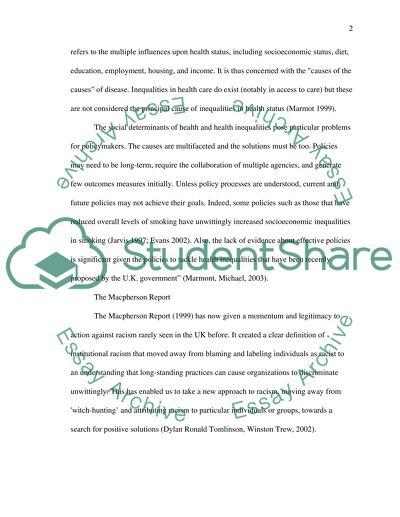Cite this document
(“Health Inequality in Britain Essay Example | Topics and Well Written Essays - 1500 words”, n.d.)
Retrieved from https://studentshare.org/sociology/1501254-health-inequality-in-britain
Retrieved from https://studentshare.org/sociology/1501254-health-inequality-in-britain
(Health Inequality in Britain Essay Example | Topics and Well Written Essays - 1500 Words)
https://studentshare.org/sociology/1501254-health-inequality-in-britain.
https://studentshare.org/sociology/1501254-health-inequality-in-britain.
“Health Inequality in Britain Essay Example | Topics and Well Written Essays - 1500 Words”, n.d. https://studentshare.org/sociology/1501254-health-inequality-in-britain.


